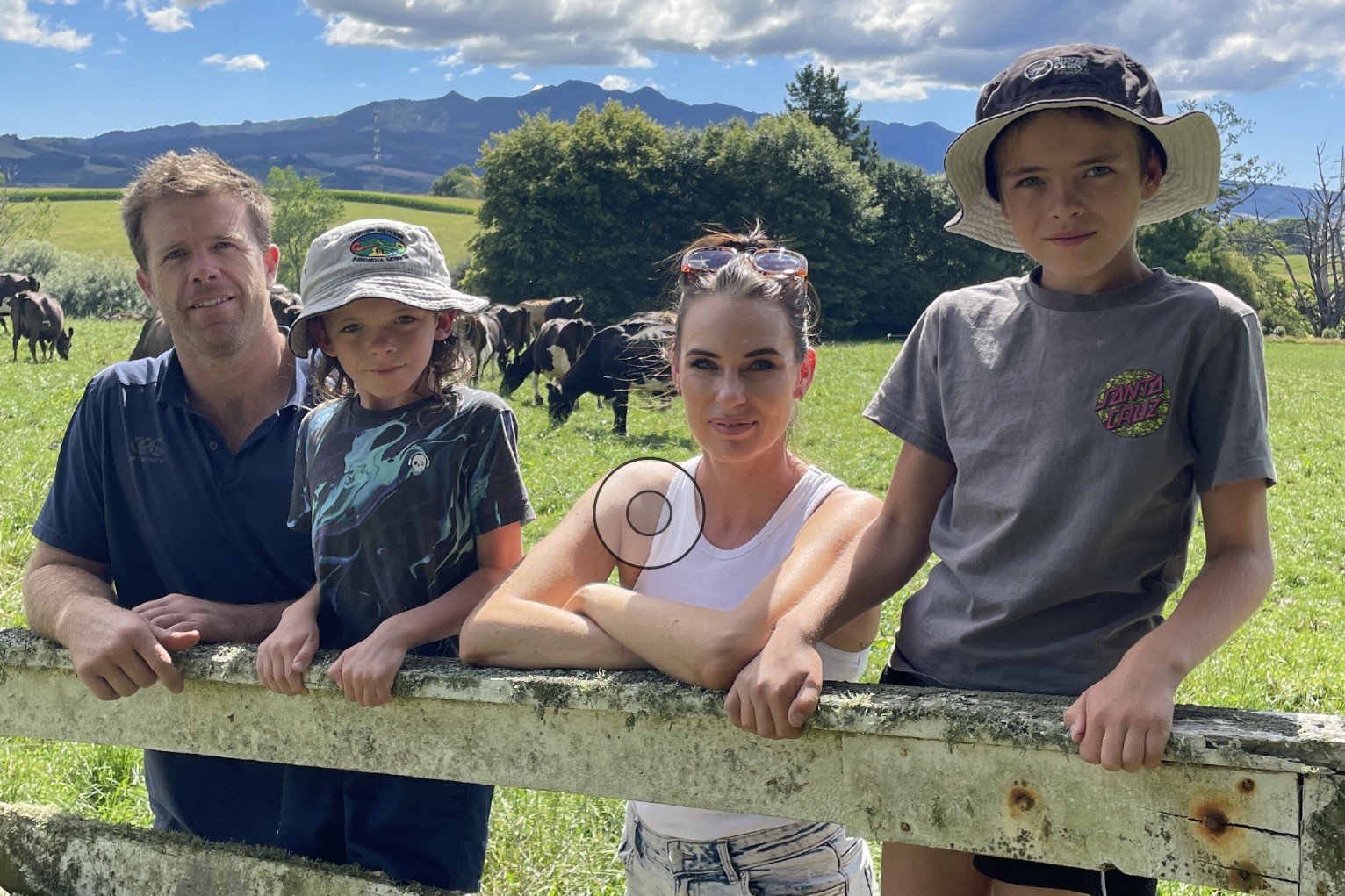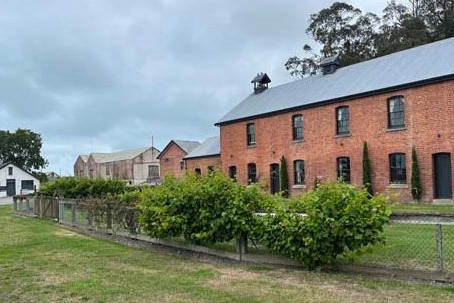White clover needs to be re-established as an essential component of a productive sward. Kathy Davis explains why and how.
There’s a popular saying that everything old is new again.
White clover is no exception. For over 100 years it’s done great things for New Zealand farming.
But on many dairy farms today it’s under pressure and in serious need of help.
Scientists believe even though it has been somewhat overlooked in recent decades, white clover is a key tool to help meet new and pending environmental regulations onfarm. Most recently, these include the 190kg/ha/year limit on synthetic N applications proposed for all pastoral farms under the Government’s Action for Healthy Waterways plan, effective 1 July 2021.
Now more than ever, pasture researchers say, white clover has much to offer – tonnes of home-grown feed (moisture permitting) in the heat of summer when ryegrass can struggle; superb animal nutrition including high ME and protein in summer; and a surprising amount of free, natural nitrogen.
This can be as much as 200kg N/ha/year.
And that’s not all. Clover’s ability to fix 25 kg of N out of the atmosphere for every tonne of dry matter grown per ha supports higher overall pasture growth too.
A 2016 DairyNZ study found that when clover comprised 10-40% of total DM in summer, grazed dairy pastures showed gains in total DM yield between 1.4 and 3.4t DM/ha per year compared with ryegrass-only pastures. Those yield gains came mostly in summer when extra feed grown has high economic value.
Research has also shown that, given a choice, cows will eat more legume, and each kg of clover DM eaten gives 30% more milk than grass.
Those involved in studying and breeding white clover say it’s time to go back to the future and relearn what 90 years of pasture research has taught us about the benefits of this essential plant and how to look after it.
It wasn’t that long ago that synthetic N fertiliser applications were the exception rather the rule – prior to the 1990s NZ pastoral systems were almost solely reliant on clover to fix N. Chances are there isn’t much clover in your pasture at present – maybe 10%, possibly 20% if conditions are ideal, probably not the 30% recommended for optimal farm performance.
In some parts of the upper North Island it’s now more common to see pastures with no clover than with clover.
There is no hard data available about the current state of clover populations on NZ farms. The most commonly cited estimate – that white clover contributes less than 15% of total annual DM in NZ dairy pastures – dates back to 1996.
However, there is ample science that proves the more N fertiliser is applied to pasture the more competitive ryegrass becomes, to clover’s detriment.
Since N fertiliser use in NZ has increased sharply in recent years, pasture researchers agree there’s every reason to assume clover has taken a hit nationwide.
Clover root weevil, higher stocking rates, faster dairy grazing rounds, non-selective herbicides and ryegrass-centric nutrient programmes have compounded the issue as has a trend towards sowing clover and ryegrass seed tightly together in the same row.
This technique does not favour clover establishment because clover seed is small, with little energy reserve. It is slower to establish than ryegrass and needs to be sown shallow (<10 mm deep).
By comparison, ryegrass seed can successfully emerge from a sowing depth of 20 mm at which point clover germination will be significantly reduced. Clover is also very vulnerable to competition from ryegrass at certain times of the season.
The accumulation of high pasture covers in late winter and early spring to meet cow feed demand in early lactation can suppress clover development and its subsequent contribution to pasture DM yield and quality in the warmer months.
Added to these various systemic pressures on pasture clover content is what Barenbrug marketing manager Graham Kerr says is a significant drop in the amount of clover seed sown on farms during autumn pasture renewal. Instead of ryegrass and clover, more farmers are sowing ryegrass seed only. This has become particularly obvious in recent years.
“We believe a large part of this is being driven by the need for broadleaf weed control in new pastures. Plus we have seen a move towards more use of shorter-term ryegrasses, again often sown without clover.
“Our pasture clover resource was not where it should be even before this started happening. So to have clover not actually being sown in the first place is worrying.”
The good news, according to Barenbrug pasture systems manager Blair Cotching, is that where pasture clover content is sub-optimal it’s not gone for good – it just needs to be revived and cared for. In return, he says, it will reward you with environmental benefits and gains in animal and pasture production.
Best of all, now is an ideal time to take stock of your existing clover and to start reversing its decline.
Oversowing tips
Sward management before and after oversowing clover is critical, Blair Cotching says.
Before oversowing – check the grazing rotation.
Best results come from spinning seed on at 4-6kg/ha no more than three days before grazing.
This allows stock to “harrow” the seed for good soil contact. Seed can also be spun on a day or two after grazing, ideally following a good even grazing. In this situation harrowing afterward can improve the results.
After oversowing – clover seedlings need lots of light to grow properly. Grass must not be allowed to get too long for the next two grazings after oversowing. This is the single biggest success factor for oversowing clover. Oversown paddocks should not be cut for silage. Keep grazings brief, to prevent preferential overgrazing of newly establishing seedlings.
In both new and existing pastures, ryegrass has a big head start. Use a modern clover like Kotuku that establishes strongly to compete in this environment. Modern varieties have been bred for higher yields, which means extra N fixation.
Use coated seed for oversowing. Lime coated seed has better ballistics: it spreads more evenly and the extra weight helps seed-soil contact. It’s also important when putting on with fertiliser to avoid potential seed burn. Animals could possibly ingest this seed within stock WHP periods so make sure the coating is free of insecticide and fungicide.
Building clover numbers
- Soil test paddocks that lack clover and, if you have ongoing poor clover growth, herbage test any clover plants present too. Clover needs 16 nutrients to thrive, and is often described as the canary in the coal mine because it will reveal soil nutrient deficiencies sooner than ryegrass. It needs higher soil levels of phosphate (P), potassium (K) and sulphur (S) than ryegrass, and sometimes more magnesium (Mg) and molybdenum (Mo). Clover is also sensitive to soil pH, growing best at 5.8 to 6.2.
- Spin on clover seed. In existing pastures with nil or minimal clover, oversowing 4-6kg/ha clover seed in spring is a practical, effective way to start rebuilding clover populations. This can be done now through October in the North Island and into November in the South Island. See the tips box for more practical advice on this.
- Be clover-friendly when renewing pastures this season. Take care with good seedbed preparation, and when drilling drive slowly because seed drills go deeper with more speed. Roller-drilling or broadcasting is better than standard row sowing with a coulter drill.
- Let the light in. This is absolutely vital for newly sown pastures. Ryegrass establishes faster than clover. If it is allowed to get too long too soon it will shade out and kill baby clover seedlings before you know it.






